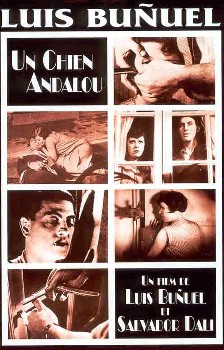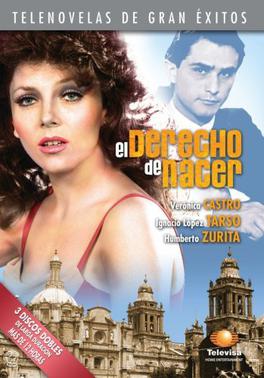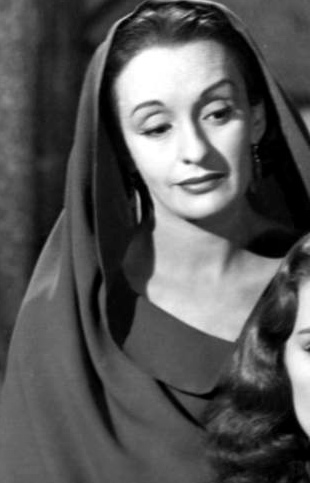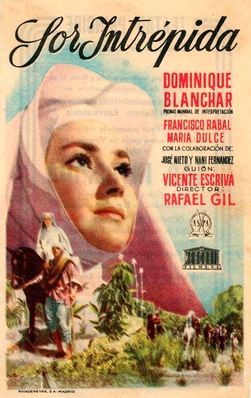Related Research Articles

Un Chien Andalou is a 1929 French- Spanish surrealist silent short film directed, produced and edited by Spanish filmmaker Luis Buñuel, who also co-wrote the screenplay with Spanish surrealist painter Salvador Dalí. Buñuel's first film, it was initially released in a limited capacity at Studio des Ursulines in Paris, but became popular and ran for eight months.

Luis Buñuel Portolés was a Spanish filmmaker who worked in France, Mexico, and Spain. He has been widely considered by many film critics, historians, and directors to be one of the greatest and most influential filmmakers of all time. Buñuel’s works were known for their avant-garde surrealism which were also infused with political commentary.

The Monk: A Romance is a Gothic novel by Matthew Gregory Lewis, published in 1796. Written early in Lewis's career, it was published before he turned twenty. In one letter, he claimed to have written it in ten weeks, but other correspondence suggests that he had at least started it, or something similar, a couple of years earlier. It is a prime example of the type of Gothic that specializes in horror.
The alumbrados were the practitioners of a mystical form of Christianity in the Crown of Castile during the 15th–16th centuries. Some alumbrados were only mildly heterodox, but others held views that were clearly heretical, according to the contemporary rulers. Consequently, they were firmly repressed and became some of the early victims of the Spanish Inquisition.

El derecho de nacer is a Mexican telenovela produced by Ernesto Alonso for Televisa in 1981. Based on the Cuban radionovela of the same name written by Félix B. Caignet adapted for TV by Fernanda Villeli and directed by Raúl Araiza.

Goya's Ghosts is a 2006 biographical drama film, directed by Miloš Forman, and written by him and Jean-Claude Carrière. The film stars Javier Bardem, Natalie Portman, and Stellan Skarsgård, and was filmed on location in Spain during late 2005. The film was written, produced, and performed in English although it is a Spanish production.

Sophie Lara Winkleman, styled as Lady Frederick Windsor, is an English actress. She is married to Lord Frederick Windsor, the second cousin of King Charles III and son of Prince Michael of Kent.

Tristana is a 1970 drama film co-written, directed and produced by Luis Buñuel, and starring Catherine Deneuve, Fernando Rey, and Franco Nero. The screenplay by Buñuel and Julio Alejandro adapts an 1892 realist novel of the same name by Benito Pérez Galdós. It is a Spanish-French-Italian co-production filmed in Toledo, Buñuel's one-time home, and represents his return to his native country after several years living and working abroad. It earned positive acclaim from critics, and was nominated for Best Foreign-Language Film at the 43rd Academy Awards.

The Decameron is a 1971 medieval erotic black comedy anthology film written and directed by Pier Paolo Pasolini, based on the 14th-century allegory by Giovanni Boccaccio. It is the first film of Pasolini's Trilogy of Life, the others being The Canterbury Tales and Arabian Nights. Each film was an adaptation of a different piece of classical literature focusing on ribald and often irreligious themes. The tales contain abundant nudity, sex, slapstick and scatological humour.

Él (1953), by Luis Buñuel, is a Mexican film based upon the novel by Mercedes Pinto. It deals with many themes common to Buñuel's cinema, including a May–December romance between a woman and her obsessively overprotective bourgeois husband, and touches of surrealism. The film was entered into the 1953 Cannes Film Festival.

Guadalupe Bracho Pérez-Gavilán, known professionally as Andrea Palma, was a Mexican actress. She was considered the first major female star of the Mexican cinema after her role in the Mexican film La Mujer del Puerto (1934).

Matilda of Boulogne was the younger daughter of Matthew, Count of Boulogne, and Marie I, Countess of Boulogne. Matilda became Duchess of Brabant by her marriage to Henry I, Duke of Brabant.

Sparrow is a 1993 Italian drama film directed by Franco Zeffirelli. It is an adaptation of Giovanni Verga's novel Storia di una capinera and was filmed in Sicily in 1993. It stars Angela Bettis, and premiered at the Tokyo International Film Festival in October 1993. It was the final film performance of Valentina Cortese.

Aurora is a Spanish-language telenovela produced by the United States-based television network Telemundo. It starred Sara Maldonado, Eugenio Siller, and Jorge Luis Pila. As part of the 2010–11 season, Telemundo aired the series from November 1, 2010 to May 20, 2011 weeknights at 8pm/7pm central, replacing El Clon. As with most of its other telenovelas, the network broadcasts English subtitles as closed captions on CC3.

La Mansión de Araucaima is a 1986 Colombian drama film directed and co-written by Carlos Mayolo. Its genre has been described as "Tropical Gothic." It is based on the tale of the same name by Alvaro Mutis.

The Monk is a 2011 thriller drama film directed by Dominik Moll. It is an adaptation of Matthew Lewis's 1796 gothic novel of the same name, and chronicles the story and downfall of a Capucin Ambrosio, a well-respected monk in Spain. An international co-production between France and Spain, it was partially shot in the barri vell of the city of Girona in Catalonia.

Revenge of the Musketeers is a 1994 French swashbuckler adventure film directed by Bertrand Tavernier and starring Sophie Marceau, Philippe Noiret, Claude Rich, and Sami Frey. Set in the seventeenth century, the film is about the daughter of the renowned swordsman D'Artagnan who keeps the spirit of the Musketeers alive by bringing together the aging members of the legendary band to oppose a plot to overthrow the King and seize power. Revenge of the Musketeers was filmed on location at the Château de Biron in Biron, Dordogne and the Château de Maisons in Maisons-Laffitte in France and in Portugal with a budget of $9.1 million.

Yo compro esa mujer is a Mexican telenovela produced by Ernesto Alonso for Televisa in 1990. Based on the novel "The Count of Monte Cristo" by Alexandre Dumas, created by Olga Ruilópez and adapted by Liliana Abud.

The Song of Sister Maria is a 1952 Spanish drama film directed by Rafael Gil and starring Dominique Blanchar, Francisco Rabal and María Dulce.
References
- ↑ The Monk , IMDb.com
- ↑ Robert Mayer, "Is There a Text in the Screening Room?" Eighteenth-Century Fiction on Screen (2002), p. 1.
- ↑ Andrew Higson, "Re-Presenting the National Past: Nostalgia and Pastiche in the Heritage Film," Fires Were Started: British Cinema and Thatcherism, ed. Lester Friedman (Minneapolis: University of Minneapolis Press, 1993), p. 115.
- ↑ Christopher Orr, "The Discourse on Adaptation," Wide Angle 6 (1984), p. 73.
- ↑ Francisco Lara Polop, IMDb.com